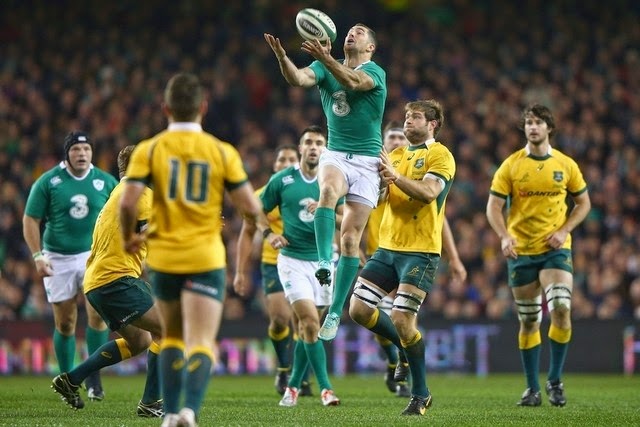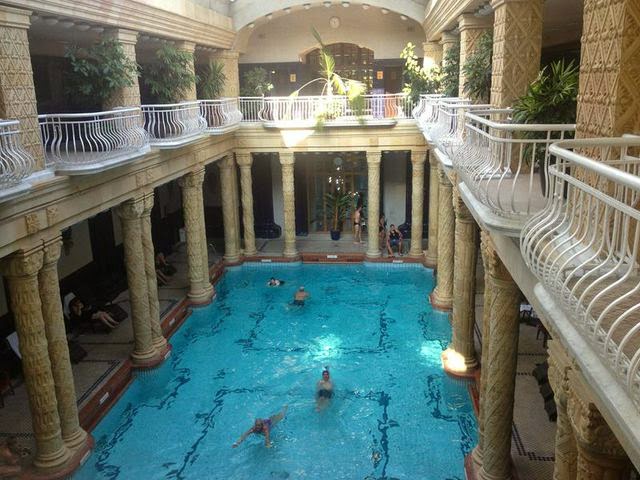 |
| You know what you're getting with Redknapp, it's a tight fitting suit |
I am living in England and utterly bored with the Premiership. It is a league and sporting spectacle I once cherished. I loved getting up early on a Saturday morning in Canada to take in a pulsating Tyne-Wear derby.
The culmination of my adherence was the 2008-09 season, my last to date on the home side of the pond. This was the season my beloved Liverpool put up their strongest title challenge in my memory. Those were the halcyon days of Torres in his pomp. A midfield marshalled by the masterful Mascherano and Alonso. When our ludicrously thin bench regularly featured the likes of Nabil El-Zhar and David N'gog.
I think I watched every single game that year. Results I still remember exactly where I was include the win away at Stamford Bridge (Football Factory on Bathurst Avenue in Toronto); a demolition of United at Old Trafford (the upstairs bar at Scallywags with my brother); Andrea Dossena scoring in a victory at the
 |
| A quiet Saturday morning at Scallywags last month vs. WBA. The way football was meant to be enjoyed. Over by noon and you're already at a bar |
I watched many of the weekend matches that year at the aforementioned Fitz's Bar in London. It was run by an Arsenal fan, but somehow had been pressed into service by scousers as the designated Liverpool bar (As Scallywags is in Toronto). There were a good half dozen Liverpudlians of various ages and of the red persuasion who had emigrated to the sleepy college city over the years. They combined together with the cohort of of Ontario reared supporters like myself of that most historical of English football clubs.
The manager, good lad that he was, would come in early on his own and open the bar for us, and put on a pot of coffee for us rabid band of scousers standing around the front of the bar by the big screen. We even had one superstitious bloke, always kitted out in his fire-engine red Stevie Gerrard home strip, who if Liverpool were drawn or down at the 80 minute mark, he would venture to his own TV at the back of the bar to pull his hair out in isolation. Oddly enough in those Rafa Benitez days Liverpool would often pull the proverbial rabbit out of the hat in cardiac kids fashion.
This spring I eventually came around to following the matches with something approaching ardour when it once again looked like the Reds were in with a shout. This year I'm back to barely caring; and this is from a kid who once only desired a subscription to the LFC monthly magazine for Christmas!
Overlying this has been my growing apathy to the sport coincidentally since I moved to its heartland in Europe. A great deal of that, I think, has been the 'NFL-ization' of the Premiership, with Sky-Sports TV as its main abettor.
They even have a 'Monday Night Football' pre-game program now. Where a motley assemblage of former players and managers stand around a studio like muppets pontificating on tactics or spouting banalities of the 'the team that scores more goals will win the match' ilk. All the while fiddling around with a telestrator. It makes me want to throw up.
 |
| Why. Just,why? |
The other incursion has been the colour commentator, which is largely needless in football, especially when they're not trained in broadcasting. Why do Michael Owen and Phil Neville have microphones? Why is Kevin Kilbane pitchside? Give me the solitary warblings of John Motson any day. One caveat there is the traditionally brilliant ESPN Champions League tandem of Derek Rae and Tommy Smyth.
A second major factor has been the influx of money and internationalism to the game. In this respect I may well be accused of being a Luddite. For me the good old days were when Dennis Bergkamp and Gianfranco Zola were the flashy internationals, when Leeds were in the top six and Man City were perennially in the bottom half.
I accepted the rise of Chelski because they had always been there, or thereabouts. But when Manchester City starts buying championships with a team with zero homegrown outfield players, to me, something of the magic; indeed, something of the legitimacy of the whole thing is brought into question.
The Premiership has never aspired to be a fair fight. United, Liverpool and Arsenal, and in a lesser manner teams like Newcastle, Everton and West Ham, were built on tradition and structure, not whimsical overseas investment.
Having had this discussion before over the pub table, I have been dubbed marginally xenophobic in the 'In-Gur-Land' vein for feeling like I can't get behind a team packed with foreigners rather than scousers. Yes and no. Some of my favourite all-time Reds have been foreigners like Xabi Alonso, John Arne Riise and Dietmar Hamann.
That said, there is also something praiseworthy about having kids from the old neighbourhood (even if they grew up supporting Everton) breaking into the squad and having a lasting impact on the first team. I think this sensation is less actually about where they're from than seeing them develop up through the ranks and leaving a charmed legacy. Steve McManaman and Robbie Fowler, to name two, did that; even if they eventually moved on elsewhere.
Connected a bit to what I wrote earlier this week, I feel the same way in hockey about home groomed players. They could be from Sweden or wherever, but if you've followed their junior career from draft day, there is a sense of pride with your club's development scheme when they come good and forge a great NHL career with the team that initially drafted them.
Note: this has never happened with the Toronto Maple Leafs, so I'm actually speaking conjecturally. We had that brief moment of a team comprising home drafted former junior stand-outs like Alex Steen, Carlo Colaiacovo, Matt Stajan, Kyle Wellwood, and Ian White. That went precisely nowhere.
Seriously, the best home grown Leaf since Wendel Clark? Is it fucking Nik Antropov? Sophmore Morgan Rielly? Nazem Kadri?? I guess it would be the greatly uninspiring Tomas Kaberle.
End story, I've been turned off the Premiership by the hype and bombastic coverage of a game played by mercenaries that I don't identify with being nurtured to fruition by my team.
This leads directly to the paean of my current favourite team.



















